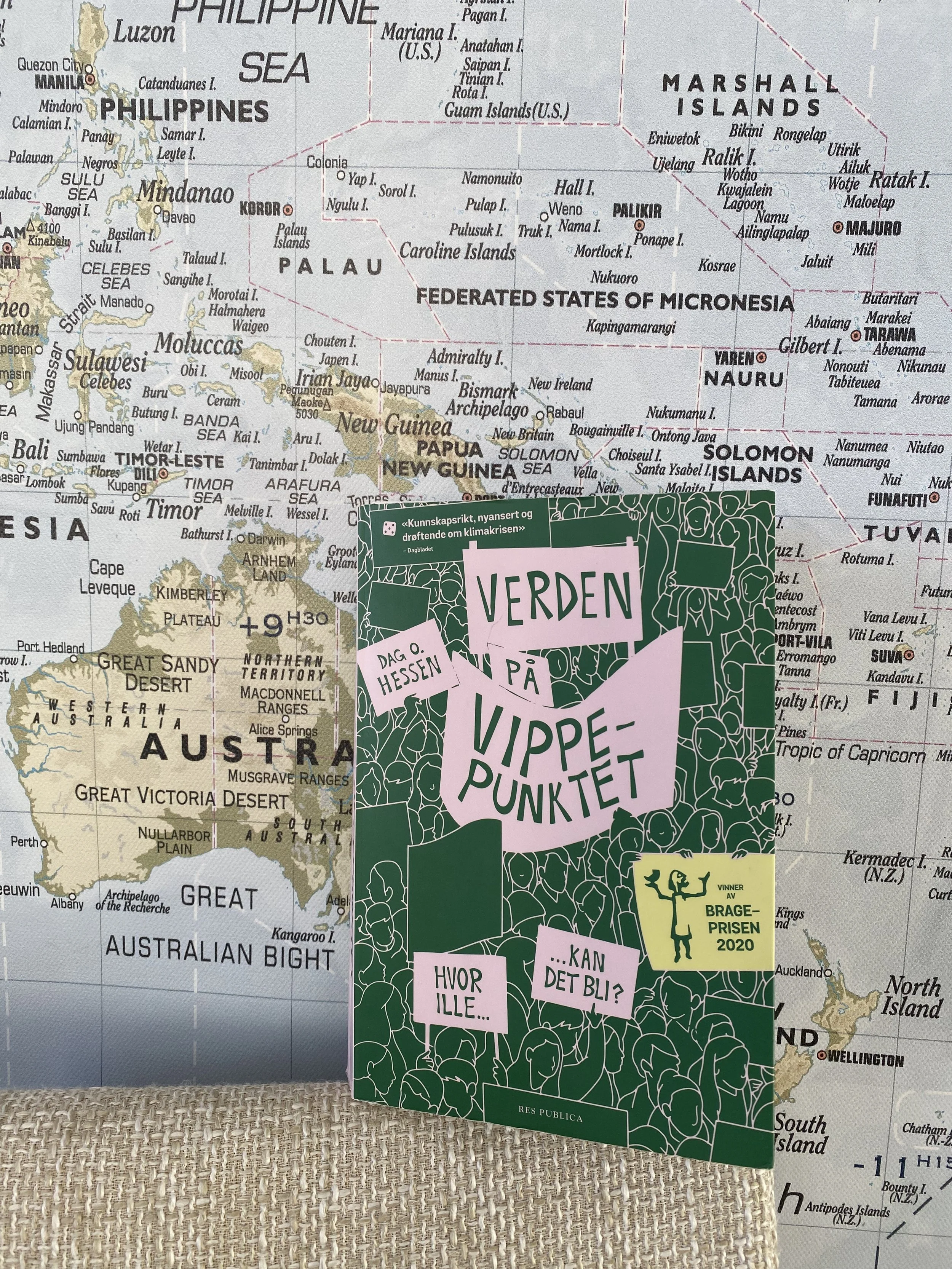The past two years we have seen every previous heat record to date being broken. We know the reason why this is happening. The burning of fossile fuels as oil, coal and gas give us carbon dioxide (CO2) emissions that escalates the global heating. This is causing the world we live in to be more unevenly distributed, where those who have done the least to contribute to the global heating are the ones suffering the most.
In June 2016, the Norwegian government handed out permissions to drill for oil in the Barents Sea, through the 23rd licensing round. In total, 53 new search licences were distributed and Statoil announced that they would start the oil drilling already next summer. Not many months after, the Norwegian government handed out even more licences in the 24rd licence round.
This does not make any sense due to two good reasons:
- We have a Environmental paragraph in our constitution, paragraph 112, that states: ‘Everyone has the right to an environment that ensures the health, and to a nature where production capability and diversity is preserved. Natural resources should be allocated on the basis of a long-term and versatile consideration that safeguards this right also to the coming generations’ and ‘the States authorities shall implement measures to conduct these principles.’
- In Paris in December last year, Norway ratified, as one of the first countries, on the new climate agreement that states that we wish to hold the human created global heating to less than 1,5 degrees.
A new report from Oil Change International has also stated that if we are to reach these climate goals, we have to leave all the undiscovered oil in the ground. The report also states that the oil resources we already are drilling will contribute to a higher CO2 emission target than 2 degrees, if we are to burn the oil. This makes it pointless to drill for more new oil.
Norway likes to think of itself as a green country, and the best in the class, but our actions speaks louder than words.
Because of this is a number of environmental organisations now suing the Norwegian State for violations on our constitution.
‘We think that the state has broken its responsibility for future generations by opening for large scale oil drilling. If we are to have a Earth to live on in the future, we need to take the climate changes seriously and leave the oil in the soil’ said Ingrid Skjoldvær, leader of Nature and Youth.
‘At the same time as Erna Solberg, Norwegian Prime minister, signed the Paris agreement and promised big emission cuts, the Norwegian government opened for large scale oil drilling in the Barents Sea. We ask the court to make these licences void, because more oil will lead to higher emissions, not lower’, said Truls Gulowsen, leader of Greenpeace Norway.
‘Norway seems determined on sabotaging the Paris-agreement even before it went into action’ wrote Nasa scientist James Hansen, in an open letter to Erna Solberg.
With this lawsuit, the environmental organisations aim to focus on that environmental damages is not only a political problem. This regards the livelihoods of the humans that live now, but also the ones that will come after us. Given that we have a Constitution that states as clearly as the Norwegian environmental paragraph does, there are certain limits what the Norwegian government can do. The resources found in our nature are to be distributed with thoughts to a longterm and safe future.
If you wish to follow the lawsuit, and add your name to show your support, you can follow this link: https://www.savethearctic.org/en/the-people-vs-arctic-oil/?utm_source=internal&utm_medium=post&utm_term=People%20vs%20Arctic%20Oil,arctic,action%20page,oil&utm_campaign=Polar&__surl__=IgOs9&__ots__=1476909143400&__step__=1












